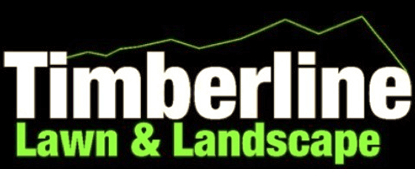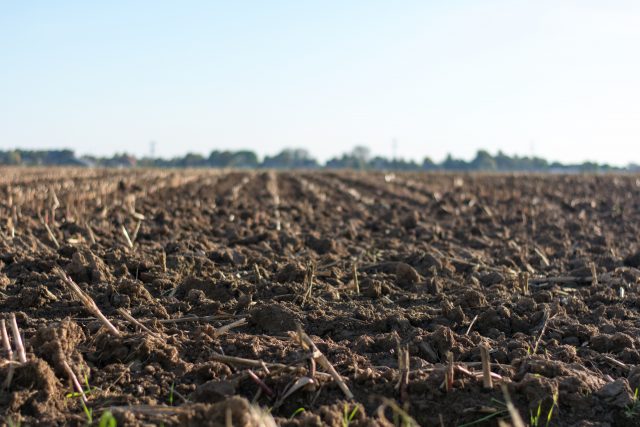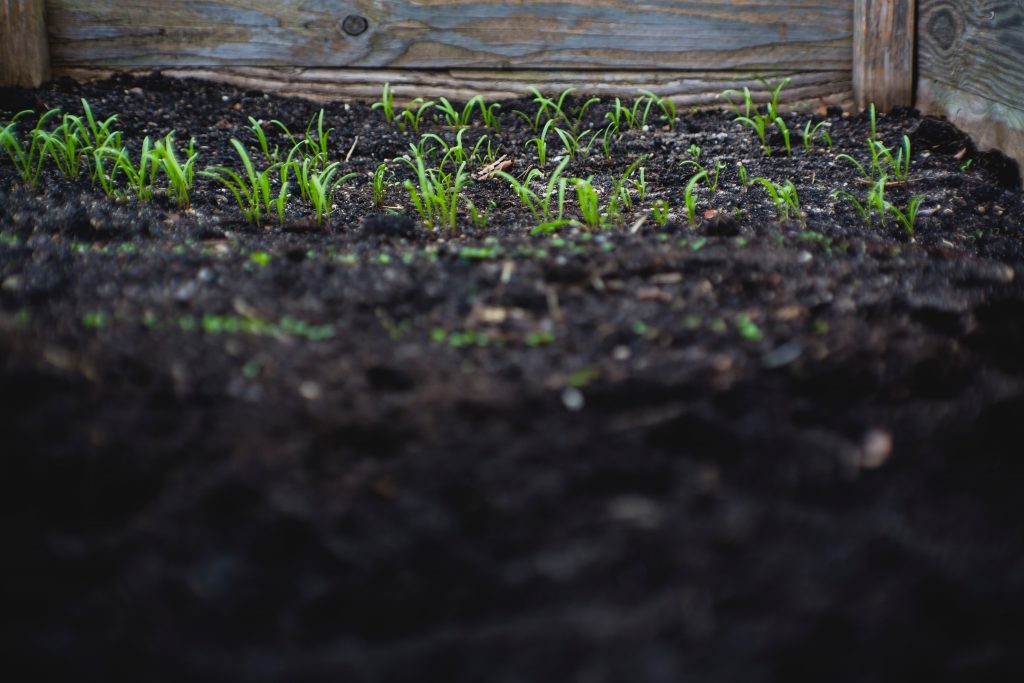
Aeration 101
How often should I aerate my lawn?
If you’re one of many Texans who plan on hosting outdoor gatherings and getting a lot of use out of your lawn, it may be time to aerate. But, when is the best time to aerate your lawn in Texas?
When Should I Aerate My Lawn in Texas? The best time to aerate your lawn is early to mid-summer. During this time, warm-season grasses will experience their most active growth period, ideal for aerating.
Aerating your lawn helps improve the overall health of your lawn, while also providing an opportunity to address potential issues (over-watering, browning, heavy foot traffic, etc.).
Now that we have a better idea of the best time to aerate your lawn in Texas, let’s take a quick look at some of the basics of aeration.
HGTV.com describes it as:
Aerating is the process of scooping or “coring” holes into your lawn so oxygen, water and nutrients can penetrate deeper into the soil.
There are two primary types of aeration methods you can use for your lawn; Core and Liquid.
Core Aeration
- Core aeration, as the name suggests, creates small cores (½- ¾” in diameter) throughout your lawn, meant to allow oxygen to your roots. This provides the additional nutrients your lawn needs to thrive.
- A benefit of Core aeration is that the effects are seen soon after aeration, though the process doesn’t last as long, potentially requiring multiple aeration’s a year.
Liquid Aeration
- Liquid aeration penetrates your soil more deeply than core aeration, providing for a healthier lawn over a more extended period of time.
- Additionally, liquid aeration is less invasive, so it won’t affect your existing sprinkler system or plumbing. It seeps through the soil, rather than removing cores for access to the root system.
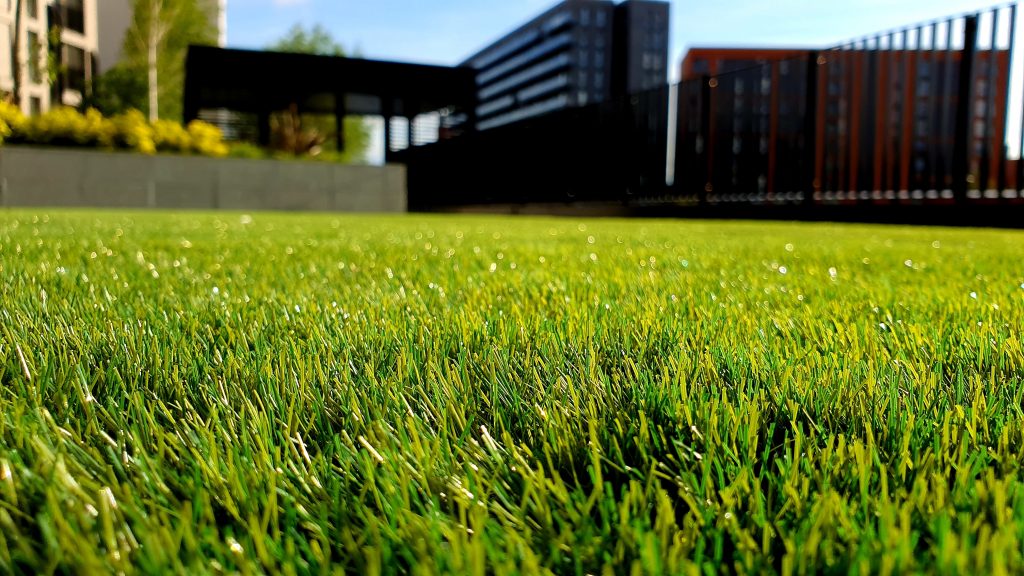
Why Should I Aerate my lawn?
Helps with Compacted Soil
- Compacted soil is one of the main reasons most homeowners need to aerate their lawns.
- Turfgator.com writes:
If you can’t stick a screwdriver easily 6 to 8 inches into your soil, it’s too compacted.
- When the soil in your yard becomes impacted (especially in high traffic areas), it makes it difficult for your grass to receive the nutrients it needs to thrive.
- Aerating your lawn can help mix the compacted soil in your lawn ideal if you’ll be reseeding your yard as well. <LINK TO INTERNAL ARTICLE
Prevents Weed Growth
- Compacted soil can often encourage excessive weed growth. The weeds use the lawns weakened root system as an opportunity to thrive in your yard.
- Aeration allows for a stronger root system with your grass. A healthy, dense lawn has the natural ability to “choke” out weeds in your yard.
Improves Lawn Root System
- Aerating your lawn will drastically improve the overall health and strength of your lawn’s root system. With the aeration process, the nutrients can penetrate below the soil and access the root system directly.
Drought Tolerant
- Another advantage of strengthening your lawn’s root system through aeration is it will help the grass become drought tolerant. A lawn with a healthy root system is significantly more likely to thrive in hot Texas summers.
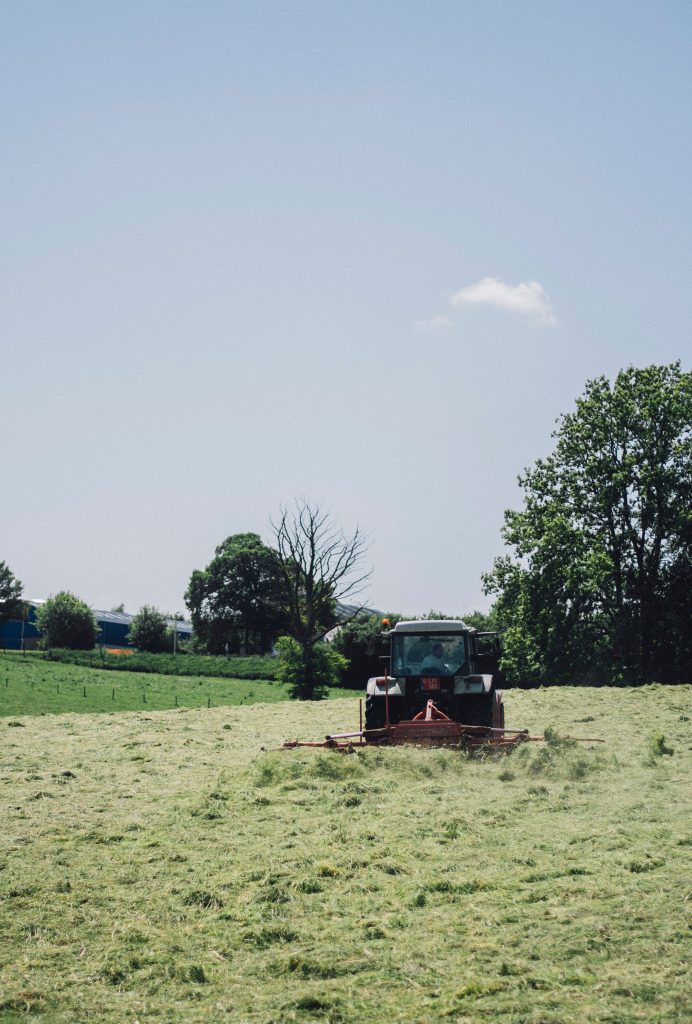
Tips for Aerating your Lawn in Texas
Some tips to answer “How aerate my lawn?”: DIYNetwork.com suggests using a shovel to dig a square foot soil sample. If the grass’ roots don’t penetrate more than 2” deep in your soil, it might be time to aerate.
Aerating is a great opportunity to fertilize your lawn. With access to the root system, it’s the perfect time for your grass to receive the nutrients that fertilizers provide.
It’s recommended to water your lawn several days before aerating. This will make the coring process smoother for you and your aerator.
To avoid damaging your existing sprinkler system or pipes, mark all the interfering structures in your yard ahead of time.
If you need more consulting please contact us!
